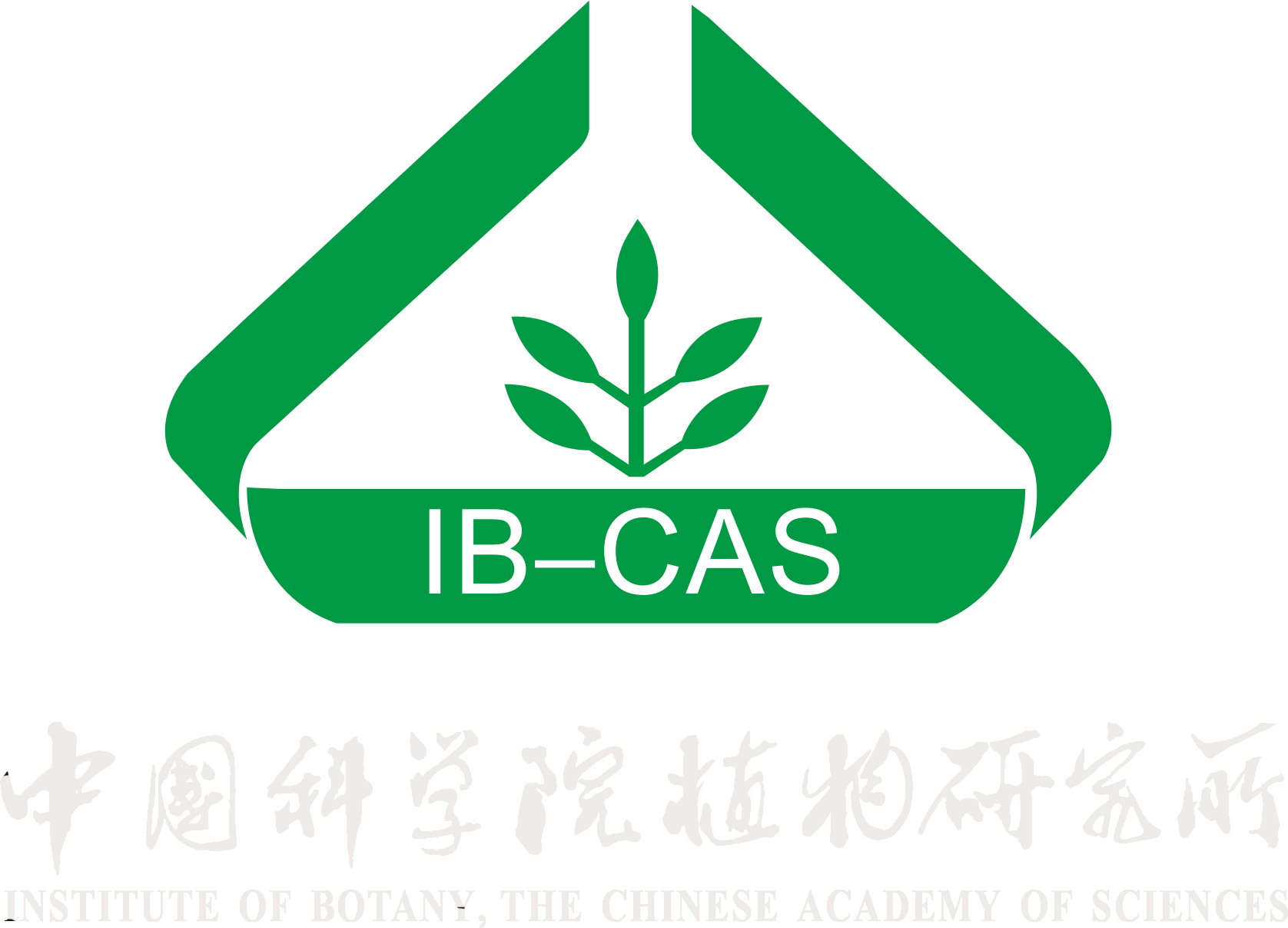2025
Nutriomics-specific chromatogram of aromatic herbs to mitigate methane emission through in vitro ruminal fermentation
Methane is considered as a potent greenhouse gas, emitted from ruminants through enteric fermentation. Several methane mitigation strategies have been proposed and reported, however, role of aromatic herbs and their bioactive components on reduction of methane is still unclear. Mint (Mentha canadensis L.), turmeric (Curcuma longa L.), eupatorium (Eupatorium fortunei Turcz.) and dandelion (Taraxacum officinale) were selected for two separate in vitro fermentation, at first as substrates and then additives with TMR (control) at the level of 1 % and 3 %, and assessed in terms of conventional nutrients, fermentation characteristics, metabolomics and microbial diversity. The experiment was conducted by a completely randomized block design, which included three runs with each treatment, whereas treatments are considered fixed effects and runs as a random effect. Turmeric contained more CP and less NDF, ADF showed higher IVDMD (g/kg), total VFA (mM) but produced less CH4 (ml/g) both as substrates or additives. Eupatorium produced more H-2 (ml/g) and CH4 (ml/g), contained less propionate content (P < 0.05). Flavone, succinate, 2-hydroxycinnamic acid were the common metabolites present in all four herbs. Lachnospiraceae, Prevotellaceae, Succinivibrionaceae, Oscillospiraceae and Selenomonadaceae were most dominant families. Succinivibrionaceae in turmeric-treated rumen fluid, used H-2 to produce propionate, thus, amount of H-2 available for methanogenesis is decreased, capacitated this herb to reduce more methane than other herbs. Overall, 3 % inclusion of turmeric with TMR is best both in terms of dry matter degradation and methane mitigation potentiality.


